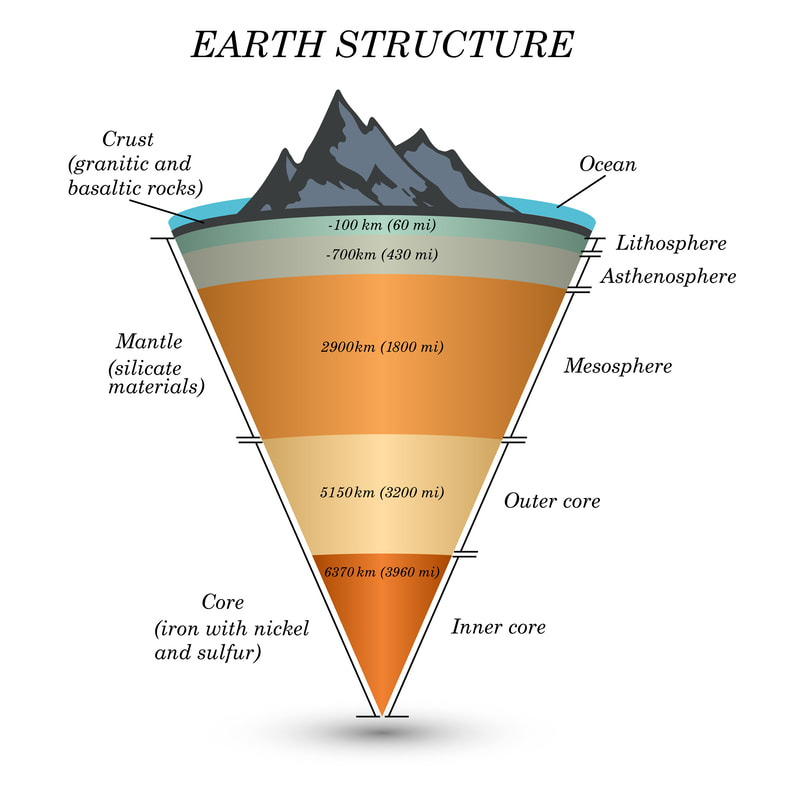 The Earth’s upper mantle and transition zone are the engines that drive the redistribution of critical life-giving and economically important elements between Earth’s surface and interior. Crustal processes such as sedimentary cycling, volcanic degassing, and hydrothermal circulation drive seismicity and volcanism, help regulate the climate and create the conditions on the Earth’s surface required for life to thrive.
The Earth’s upper mantle and transition zone are the engines that drive the redistribution of critical life-giving and economically important elements between Earth’s surface and interior. Crustal processes such as sedimentary cycling, volcanic degassing, and hydrothermal circulation drive seismicity and volcanism, help regulate the climate and create the conditions on the Earth’s surface required for life to thrive.
While geoscientists have relied on bulk measurements of electronic and structural properties of natural and synthetic glasses and minerals for decades, synchrotron methods can probe these materials at the microscale, allowing earth scientists to untangle problems that were previously too complex. Synchrotron X-ray spectroscopic methods are particularly useful in determining the oxidation state of reactive transition metals such as iron, titanium, chromium, and vanadium. With these methods, geochemists can answer questions about how the oxidation state of the mantle has changed over the course of Earth’s history, and how the minerals formed at different pressures, temperatures, and oxidation states affected the evolution of the Earth’s ocean and atmosphere. Understanding this interplay of pressure, temperature, and chemical state is also vital for understanding the intensity and frequency of volcanic eruptions, and how ore deposits form.
